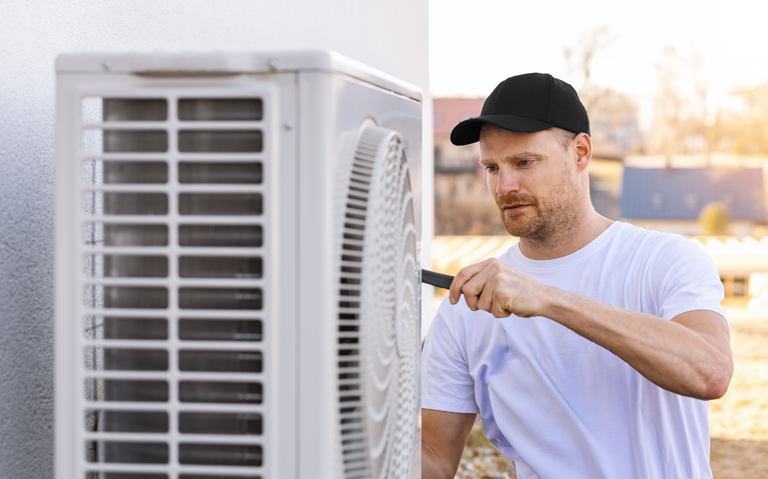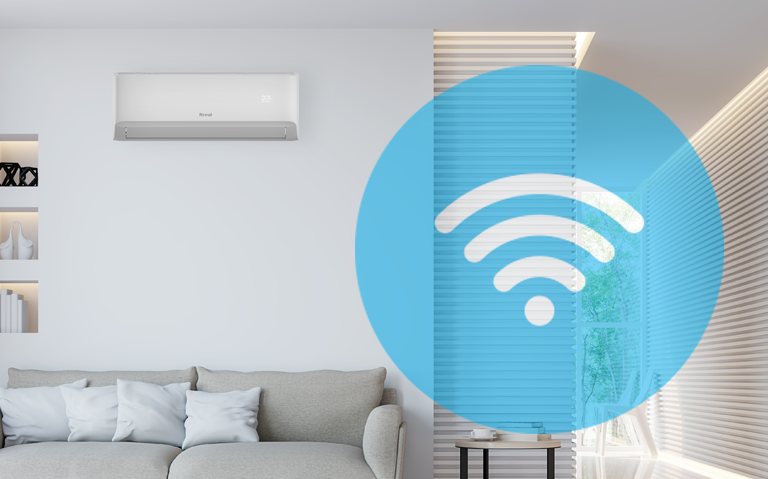What’s best – convective or radiant heating?
There are three methods of heat transfer: conductive, convection and radiant.
Conductive heat transfer occurs when objects of different temperatures come into direct, physical contact. Energy is transferred from the warmer object into the colder object. This is what’s happening when you touch your hand on a hot stove.
For space heating convection or radiant (infrared) are the methods of heat energy transfer used by heating appliances.
What method of heating is best?
Practicality, personal preference and budget will always play their parts. But choosing the most effective heater comes down to how and where you plan to use it. So here is some good advice to help you select the most effective heating for your home.
Convection heaters (correctly sized) will warm an enclosed space quicker than the equivalent radiant heater.
Convection heaters heat the air and don’t create thermal mass (heat storage) by heating objects, so once they are switched off, the temperature will drop quickly.
For whole home heating, you can’t go past a duct gas furnace or heat pump system for comfort and convenience. Heat pumps also provide cooling, which is great for those days when the New Zealand summer gets unbearably hot.
The high initial cost of a whole home system or even a high wall split heat pump may be daunting, but if comfort is a priority, then they are well worth the investment.
Where convection heaters do struggle is in poorly insulated or drafty rooms where the heated air simply escapes or cools quickly. In rooms with a high ceilings or large volume, it takes longer to heat all the air. If the appliance is undersized, it may not get the room to a uniform (comfortable) temperature at all. This situation needs an appliance with a higher heat output and/or a fan that can move a greater volume of air.
Fan heaters make great personal heaters and are ideal for bathrooms or small rooms, but will struggle with larger rooms. Their noise and air flow can also be uncomfortable to be in.
The classic hydronic system with water filled radiators will heat mostly via convection, but will contribute a smaller amount of radiant heat from the thermal mass of the water and radiators. This means they will also continue to provide heat after the system is turned off.
Underfloor hydronic heating relies on conduction to generate thermal mass in the flooring material, but it heats a space via convection because of the lower temperatures involved. Hydronic systems are not very responsive (slow heaters), but they do provide a comfortable and quiet heating method.
Radiant or Infrared (IR) heaters directly heat objects in a room (which includes you), creating thermal mass. They heat the air in a room as a secondary effect of the thermal mass heating via convection. Thermal mass will keep a room warm for some time after the heat source is turned off.
Objects need to be in line-of-sight to be heated with IR. If your legs are under a table, they won’t feel the warming effect of an IR heater on the ceiling.
They are excellent at spot or personal heating, especially in poorly insulated and drafty rooms or outdoor spaces, but have a limited range of 5 to 8 metres for a mid-IR (orange glowing) appliance (depending on the rated output).
Examples of radiant heaters are halogen bulbs, micathermic panels, carbon or quartz filament heaters, and natural gas/LPG ceramic tile heaters.
Mid infrared (gas ceramic tile and electric) heaters are the natural choice for outdoor heating around your deck or BBQ area. Clean and on at the flick of a switch makes them more convenient and less hassle than a fire pit or brazier.
Electric radiant heaters are silent and can be unobtrusive, if you have the budget. For example, far-infrared, glass faced heaters can be decorated with your favourite family portrait or even disguised as a mirror to hide their actual function.
Final thoughts
For residential (and commercial) space heating, fan assisted convection heaters like heat pumps come out on top. If you want to warm yourself and a few friends, then radiant heaters are the appliance for you. There is plenty of grey in between where personal preference, budget, etc. come into play.
It’s worth noting that heat pumps are much more efficient at converting (electrical) energy to heat than any other form of heater. However, this efficiency doesn’t always translate into lower running costs. People tend to sacrifice running costs in favour of greater comfort, particularly if they have moved from portable heaters to a heat pump solution for the first time. There’s nothing quite like walking around in your home in the middle of winter wearing shorts and a t-shirt!
In terms of running costs, electrical appliances are all close enough to 100% efficient at converting electricity into heat, so a 2.4kW appliance will cost the same to run for an hour regardless of the type of heating method.
Savings come with one type of heater being more effective than the other. A more effective heater (with a thermostat) will get a room up to temperature quickly and then cycle on/off to maintain it, ultimately using less energy.
Heat pumps are the exception to this, provided they are used to heat your home effectively and in the same way you would use any other form of electrical heating, you will see lower running costs.
The running cost savings are small compared to the purchase price difference so it will take some time to break-even, but the extra comfort and convenience are well worth it.
Heat output or intensity also play a role in effective heating. Gas furnace ducted heating systems typically have outputs that start at 20kW and go up to 35+kW which means they have a lot of heat to transfer to the air. The benefits of this are that it will heat up your home very quickly, they have a quieter air flow and spend less time on (lower running costs).
Gas ceramic tile radiant heaters have a higher heat output for their size compared to their equivalent electric outdoor heaters. This is largely due to the higher heat intensity that the gas appliance runs at.
Although there is the additional installation cost associated with the need for a qualified gas fitter, the same applies to equivalent sized electrical models. A 4.4kW electric model will need specialist installation due to the high amperage drawn.
The sheer variety of electric outdoor heaters makes them an attractive option. They allow greater install flexibility and come with extras like bluetooth speakers, pulsing lights and WiFi connectivity.
It should be noted that for domestic/residential use, gas ceramic tile and other unvented gas heaters should not be used indoors at all.
Lastly, it would be remiss not to mention wood fires. In many regions, wood is a cheap and plentiful source of fuel for heating. Firewood requires a bit more time and effort, but wood fires can heat both convectively and radiantly. Combining this with the high temperature output makes them a good option for older homes and outdoor space heating.
Modern wood fires will heat convectively by using a double box/skin design that draws cold air up between the hot inner and cooler outer boxes. The heat is distributed around a room via passive convection or active convection using a fan. They heat radiantly from the fire bed/flames through the glass (door or side panels) and any other thermal mass elements in the appliance.
The classic coal range or aga fires radiate heat from their thick cast iron or steel bodies (thermal mass). These are ideal for heating drafty houses with high ceilings, and as a bonus, can be used as ovens or cooking hobs.
At the end of the day, choosing the most effective type of heating is all about understanding the space you want to heat and knowing what you are trying to achieve by heating it.
















